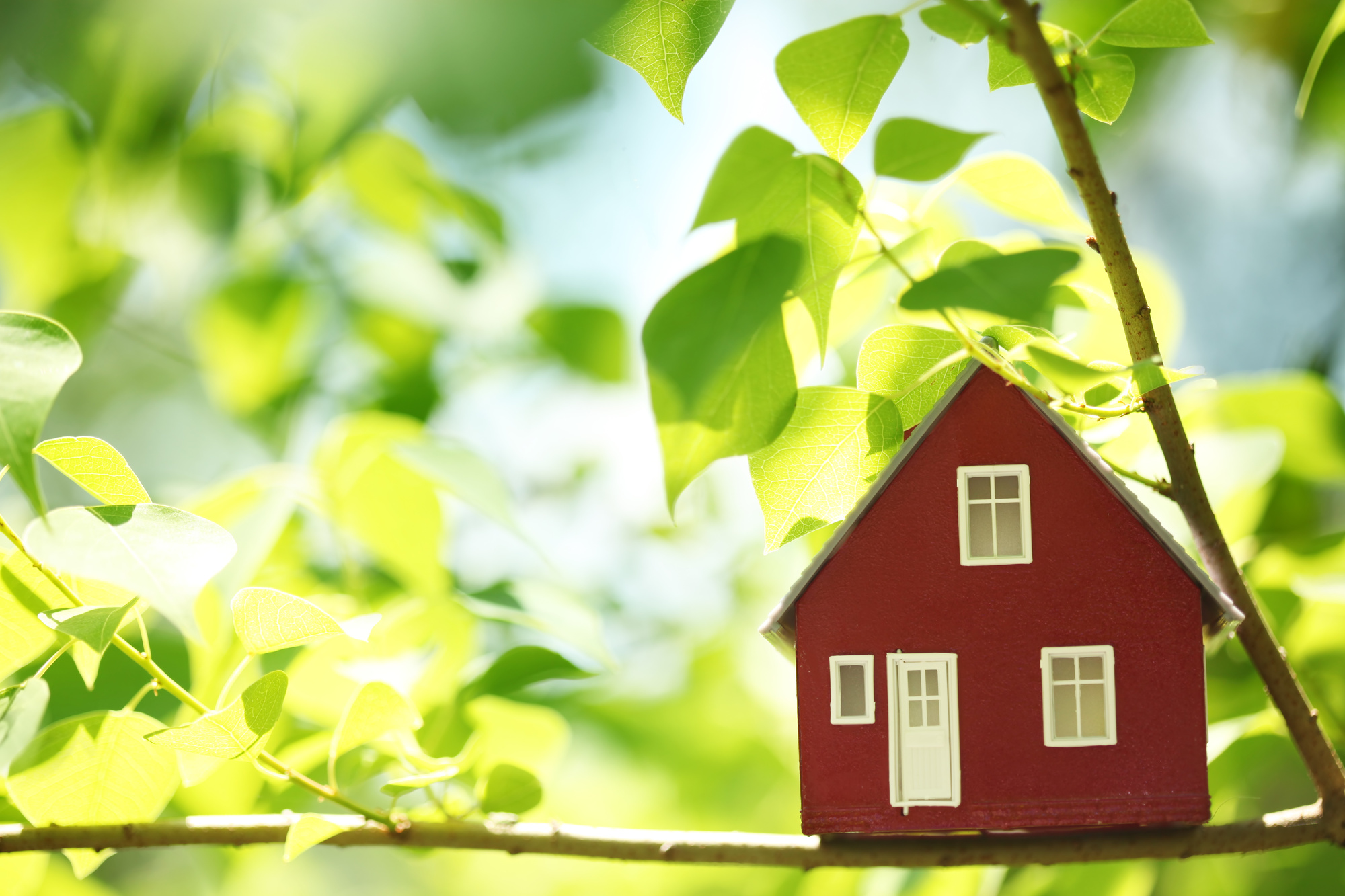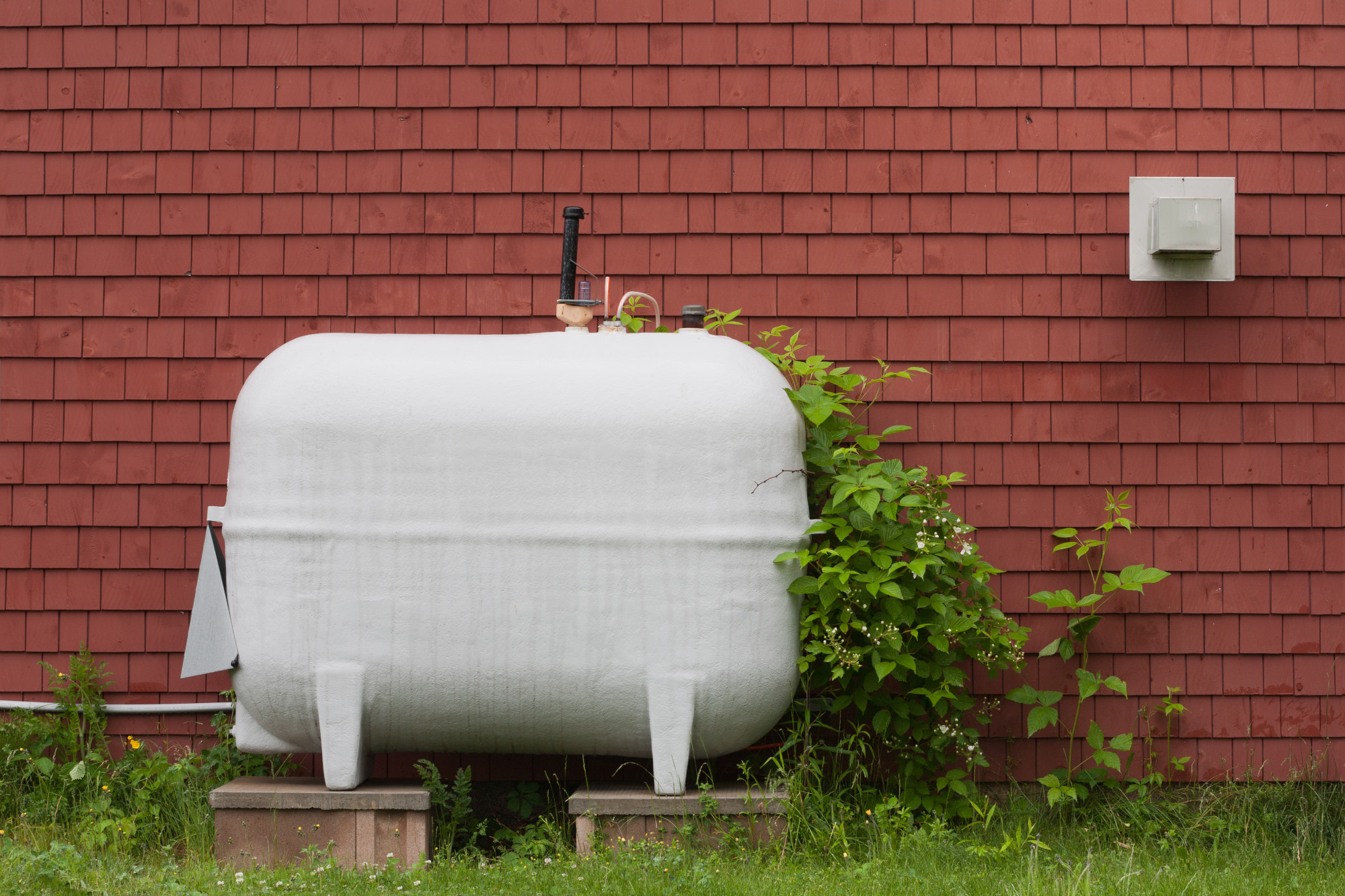If you want to know whether global warming is happening or not, who should you ask? A scientist or a climate change expert? Well, they may give you a good answer but try asking a Tuscan winemaker.
Winemakers are sensitive about climate. After all, it’s what makes the difference between a great wine and a failed grape crop. Almost every Tuscan winemaker says they’ve seen climate change happening.
Living green is the only way to save our precious planet from climate change. Here are 9 tips on how to live green so that you can do your part to preserve our earth.
1. Get on Your Bike
About 30 percent of global warming emissions in the USA come from transport. For every gallon of gas they use, cars and trucks emit about 24 pounds of global warming gases including carbon dioxide. If you want to know how to be eco friendly start with transport.
To reduce your environmental impact, reduce your use of carbon dioxide emitting transport. Consider if you need to own a personal car. Public transport is more environmentally friendly than personal transport.
If you have to use a car then maintain it well to reduce poor performance that wastes fuel. Use your cruise control to optimize speed and fuel consumption. Reduce journeys by grouping tasks together.
If you can make your journey by bicycle or even walking, it will be better for the environment. It’ll be better for you too.
2. Recycle
Waste that is not sorted and recycled goes into landfill. That waste material can often be re-used and so reduce consumption of raw materials. There are many ways in which your waste could be useful to somebody else.
Take unwanted belongings to a charity shop. This helps raise money for the charity and means that the item can be used by someone who may not be able to afford a new item. More importantly, it reduces the environmental impact of wasting the item and depositing it in a landfill site.
Recycling of many materials is both economically and environmentally beneficial. Using recycled aluminum a can manufacturer can make 20 cans with the same energy as making one from scratch. Similarly, recycled glass uses nine gallons less oil per ton than new glass does.
The energy savings of recycling impact on the amount of greenhouse gas emissions from the energy-producing industries.
3. Refuse Bottled Water
Don’t buy and drink bottled water. Most plastic water bottles are single-use containers. They end up in a landfill site and more bottles are manufactured using energy and oil-based plastics.
Buy a reusable bottle and fill it from the faucet or a water cooler. This reduces energy use; materials waste and it generally tastes fine.
4. Use Less Water
Water production takes lots of energy. The collection, processing, and distribution of water uses energy. Reduce your water usage can reduce this energy usage.
Don’t have a bath when you can have a shower. A shower uses about half the water of a bath. If you share a shower you can reduce your combined water use and you might even have some fun too.
Don’t leave the faucet running when cleaning your teeth. When washing dishes fill a bowl rather than wash under a running tap. Don’t rinse every dish before putting them into a dishwasher.
If you have to have a car don’t wash it yourself. Commercial car washes control their water and energy use because it costs them money to use these precious resources. Take a break and let them do the work.
5. Reduce Power Use
Reduce your use of electricity by switching off electricity you don’t need. Turn off lights in rooms you aren’t using.
Turn your home or office heating down by one degree. Check timers so that you are not unnecessarily heating or cooling your home.
When washing clothes wait until you have a full load before washing. Half loads are less efficient. Check whether you can reduce the temperature of the wash.
6. Staycation
Reduce your contribution to air travel emissions by taking greener vacations. Consider how to go green with your vacation plans. Stay nearer home and choose a less environmentally damaging break from the routine.
If you are wondering how to be more environmentally friendly when on vacation consider the saying “a change is as good as a rest”. Try camping, doing some voluntary work or a house swap. Even a stay at home but with a change of routine can be very relaxing.
7. Chose Reusable Diapers
If you use disposable diapers you know that they can quickly fill your refuse bins. Disposable diapers go into landfill sites. The manufacturing process is also environmentally damaging.
A reusable cloth diaper is more expensive and involves more work. Over the long-term, they are more economical. They can also be kinder to the baby and the planet.
8. Go Vegetarian
Not eating meat can be less difficult for some people than you think. If you are already eating more healthily you may be eating less meat. More steps to a meat-free diet could be done as you become more used to it.
Beef has a major environmental impact. Growing grain to feed beef cattle and the methane they produce are the main problems. Eating less or better still no beef is one of the best ways to go green.
9. Use Less Paper
Many banks and other organization will give you the option to “go paperless”. Using online statements avoids the need for printing paper and posting it. Choose paperless ticketing whenever it is available.
Using online directories instead of paper ones can be more convenient and saves paper too. When using writing paper, write on both sides and up to the edges. When wrapping presents, re-use gift wrapping paper.
Reduce the amount of junk mail you receive by registering for a service that removes you from junk mail lists. Using less paper reduces energy use, water use and reduces the impact of disposal. If you have to use paper, recycle it.
Learn How to Live Green
There are so many ways to go greener that this list is only the tip of the iceberg. Before the ice caps melt, we all need to learn how to be more environmentally friendly. In the meantime, do what you can.
Learn more about how to live green by clicking here.










